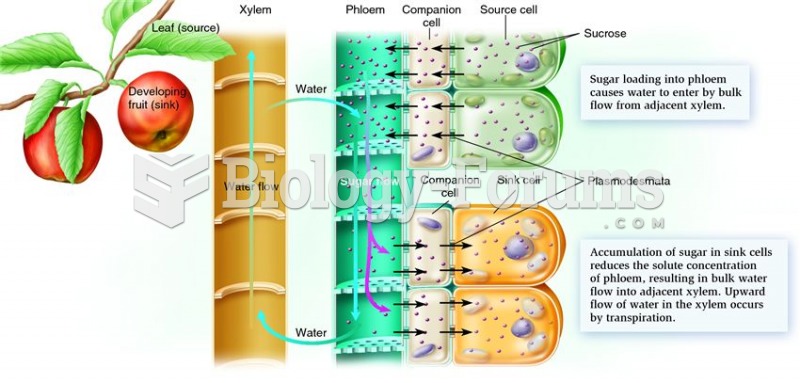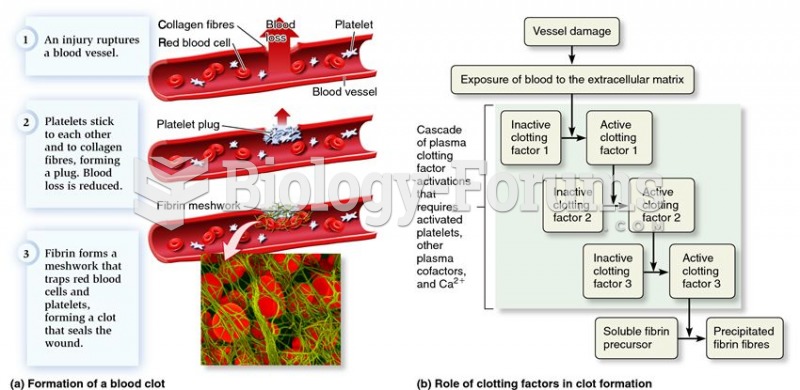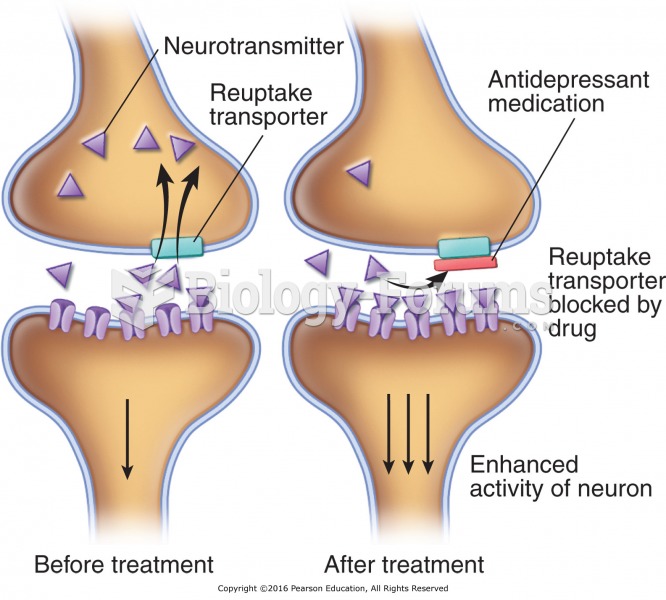Answer to Question 1
Correct Answer: 1,2,3,5
Rationale 1: Angiotensin II causes direct vasocontstriction, which increases blood pressure.
Rationale 2: Angiotensin II causes increased sympathetic nervous system activity, which increases blood pressure.
Rationale 3: Angiotensin II causes cardiac remodeling, which increases blood pressure.
Rationale 4: Aldosterone, not angiotensin II, increases blood pressure by having a direct effect on the kidneys.
Rationale 5: Angiotensin II increases the reabsorption of sodium, which increases blood pressure.
Global Rationale: Angiotensin II increases blood pressure through direct vasocontstriction, increased activity of the sympathetic nervous system, cardiac remodeling, and the reabsorption of sodium. Aldosterone, not angiotensin II, increases blood pressure by having a direct effect on the kidneys.
Answer to Question 2
Correct Answer: 4
Rationale 1: The cardiac remodeling from angiotensin II does not cause hypotrophy of myocyte cells, but rather hypertrophy of myocyte cells.
Rationale 2: The cardiac remodeling from angiotensin II causes a deposit of fatty plaques, not a breakdown.
Rationale 3: The cardiac remodeling from angiotensin II does not cause hypotension or dehydration.
Rationale 4: Angiotensin II causes cardiac remodeling of hypertrophy of myocardial cells and promotes collagen deposits, which increase the risk of myocardial infarction and cerebrovascular accident.
Global Rationale: Angiotensin II causes cardiac remodeling of hypertrophy of myocardial cells and promotes collagen deposits, which increase the risk of myocardial infarction and cerebrovascular accident. Hypotrophy of myocyte cells, a breakdown of fatty plaque deposits, hypotension, and dehydration do not occur as a result of the cardiac remodeling caused by angiotensin II.







